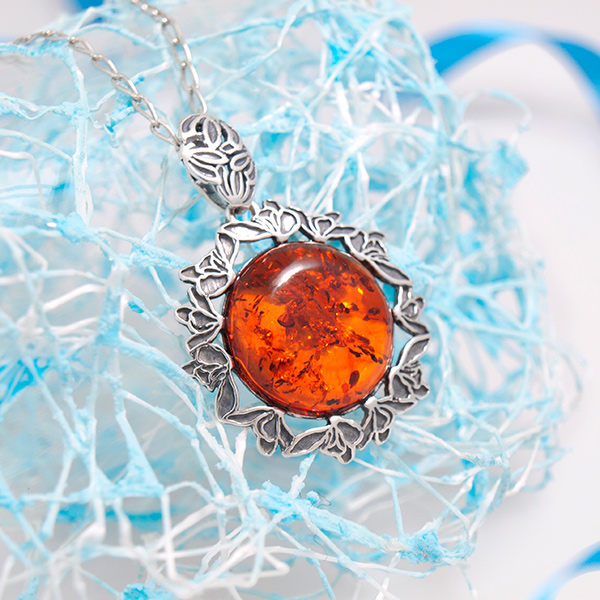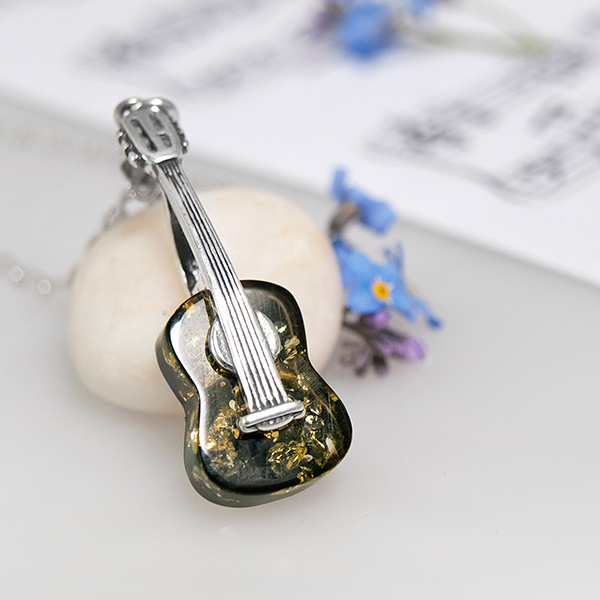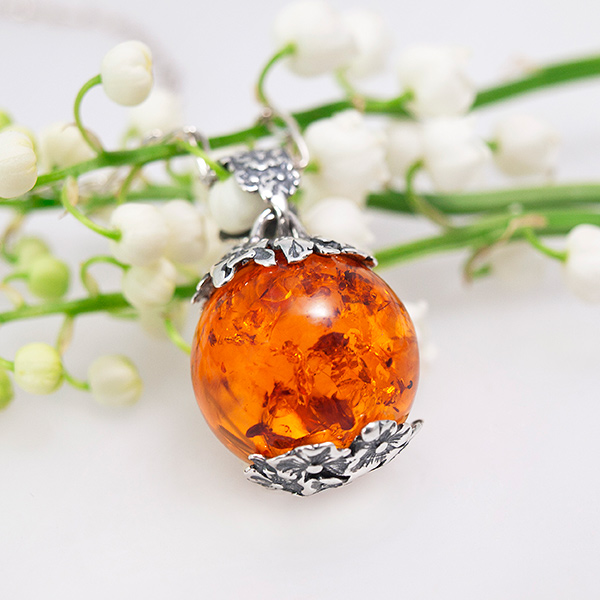What is a blackening?

Blackening is one of the oldest methods of decorating various silver and gold objects by painting them black. The result of using this technique is the contrast of colors on the surface of objects, and it does not matter if it is an ornament pattern or a relief detail. Thus, blackening of silver is also used to hide small defects on the product, for example, small scratches or connecting seams.
Blackened silver can be safely called a classic of the genre for making products in an old style or with "traditional" notes. Blackening is a kind of "black" alloy of copper, silver, sulfur and lead fused into the base metal. The alloy is welded to a depth of 0.3 mm, which is applied in several ways:
- minting;
- engraving;
- gouge;
- digestion
When heated, a chemical reaction occurs between the fused mixture (black) and silver at a high temperature. Thus, in addition to new decorative properties, the blackened product also acquires practical ones. Now it will not fade so rapidly and will not require additional care. The color range of black is quite wide: from light, silver-gray shades to noble velvety, black tones.
Black alloy looks very beautiful on high quality gold and silver products. However, it is quite difficult to cast a high-quality composition of black that will not peel off from gold, which is why blacking on precious metals is used extremely rarely. Blackening of silver is considered the most exquisite and most durable since time immemorial. Well, if you already really want gold jewelry, then you can, for example, gild silver, protecting the areas with ready-made black with a special varnish. Why not?!

Silver blackening techniques
Modern technology uses factory galvanization for blacking, but until recently, the method of blacking was completely different. Let's consider the most famous three:
- German;
- Pre-revolutionary Russian;
- Modern Moscow.
The first German recipe is that lead is slowly poured into a copper-silver alloy, constantly stirring the consistency. Continuing to stir the ternary alloy, it is poured into the heated sulfur powder. Constant stirring is recommended for better interaction of substances. After that, the mixture is poured into water. Pieces of black that have hardened are finely ground in the required dose with the help of a porcelain mortar. It is necessary to apply exclusively fresh and wet black mass to the product.
According to the old recipe, the ternary alloy is not poured into the sulfur powder but is added to the alloy in portions. After that, the finished black is poured not into water, but into a cast-iron pan. The resulting "hard pancake" is broken into pieces and remelted with the addition of flux and sulfur. If you want to get an extra-class bastard, you need to repeat this procedure three times. The finished slag is crushed in a mortar and passed through a fine sieve.
The third recipe is the author's, developed by Professor A. G. Spassky at the Moscow Institute of Non-Ferrous Metals. Silver, lead sulfide, and copper sulfide are prepared separately. They are fused together in the required proportion. Then, in a certain way, they are melted and cooled.
Methods of applying black

Black is applied both wet and dry:
- In the dry method, the surface is moistened with the necessary special solution and black powder of the finest grinding is applied. Then all this is carefully dried and fired in a muffle at a temperature of 300° to 400° C.
- In the wet method of application, the composition is applied to the product in the form of a creamy porridge diluted with water. With a spatula or a brush, the mixture is spread thickly and thickly in the recesses and wait for the water to evaporate. Then, from heating in the muffle, the black becomes soft, melts and flows into the pattern, covering the object. This means that it is time to remove the product from the oven. Small ornaments are melted with a soldering gun. The heat flux is concentrated on the main metal, so it is better to heat it from the reverse side. As soon as the mass melts, heating is completed.
Now it's time to "clean" the product with a scraper or file with a file until the pattern appears. Very often, the background of the product requires additional engraving or canfarenia - application of strokes, dots or notches on the surface of the metal.
Having an understanding of the blackening process of products, you will be able to see with the naked eye the defects on the jewelry on the store shelves. For example, the unevenness of the background of the product: spots or bumps. You may notice splashes or streaks on light areas of the product. In general, negligence or, as experts say, a universal "vice".
Blackening of silver at home
There are many simple home methods of blackening. It happens that it is simply necessary to urgently blacken a chain, ring, saucer or vase. As always, the Internet is here to help. He rattles off all kinds of recipes: from boiled eggs, which are gentle and do not harm products, to pharmacy sulfur ointment and fixative for mounting photos. If you chose sulfur ointment, then you will need to thoroughly smear the surface with it, then dry it with a hot hair dryer until it runs. When the product becomes a dark purple color, you need to wash and dry the thing.
It is recommended to use iodine to blacken silver at home. In this case, you will not need a hair dryer. Just smear the product with iodine, leave it to dry on the iodine impregnation, and polish the already dry one thoroughly. If you find it difficult to do it yourself, refer to the videos. Keep in mind that blackening is not so simple. It is the preparation of "sulfur liver", as jewelers call it, that is worth it. This is a very harmful and smelly process.Blackening on Silver: Styles and Techniques Blackening jewelry can be purchased at almost any jewelry store. The main thing is to pay attention and check with the sellers whether this technique was used in the product you are measuring. After all, it may turn out to be a fake. Israeli jewelry in an ethnic style deserves a separate topic. Israeli masters use embossing, inking and many other techniques with their stories in their works. The decorations are similar to the ancient ones, which we can only find in the ancient burials of people. In the cities of Ukraine and Russia today you can find many products from Israel.
In completely different styles: both in "office", and in "elven", and in "casual", jewelry with blacking will work "perfectly". In addition, black, unlike oxidized silver, is absolutely not afraid of chips. But if the decoration is too expensive for you, try to handle it very carefully if you want your favorite thing to serve you for many years and please the eye at any moment.
Our Yantar Polissya online store will help you choose and buy earrings made of blackened silver or other silver jewelry!